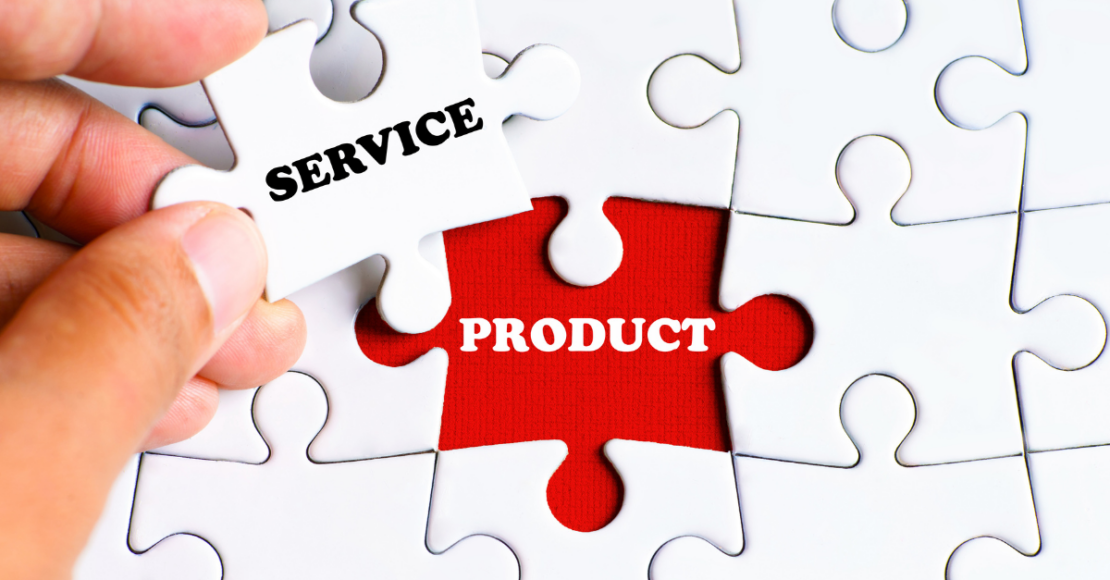
Definition of Servitization
Servitization is when a business transitions from selling products to offering services.
This strategy shifts the company’s focus, positioning services as its primary value. Therefore, servitization significantly changes the way businesses create and deliver value to their customers.
Key Servitization Concepts
In this section, we’ll delve into three essential components of servitization: Product-Service Systems (PSS), Outcome-based Services, and the Circular Economy.
Product-Service Systems (PSS)
The Product-Service System is central to servitization. Under this approach, companies sell physical products alongside non-physical services. For example, they might sell cars that come with regular software updates, roadside assistance, and so on.
The goal is to create a well-rounded solution that effectively caters to customers’ needs. Offerings may include maintenance, training, and customer support.
Outcome-Based Services
Many companies with a servitized approach move from selling products to selling outcomes. In other words, customers pay for the results, not the product itself. For example, an aircraft engine manufacturer might offer “thrust hours” instead of engines, focusing on performance and minimizing downtime.
Circular Economy
Servitization links closely with the circular economy, an approach designed to extend product life and reduce waste. In a servitization model, companies have control over both the product and the accompanying services. This control enables them to optimize the product’s use throughout its lifecycle.
For instance, a company could offer maintenance services to ensure that a product lasts longer, thereby reducing the need for replacement and cutting down on waste.
Benefits of Servitization
Successfully embracing a servitized model provides companies with 5 key benefits. These are as follows.
1. Increased Customer Loyalty
By providing ongoing services, companies can build long-term relationships with customers and improve customer loyalty.
2. Steady Revenue Streams
Servitization leads to more predictable and recurring revenue streams compared to the traditional product sales model.
3. Competitive Advantage
Offering comprehensive solutions sets a company apart from competitors and creates barriers to entry.
4. Resource Efficiency
Companies can optimize resource utilization, reduce waste, and contribute to sustainability goals.
5. Data Insights
Servitization often involves collecting usage data from services. Companies can then use this data to improve product design and customer experiences.
Servitization Challenges and Considerations
However, switching to a servitized model does also pose a number of challenges.
Cultural Shift
Transitioning to a servitized model requires a cultural shift within an organization. Put simply, employees must transition from having a product-centric to service-centric mindset.
Investment
The initial investments that a company needs to make in infrastructure, technology, and employee training may be substantial.
Data Security
Companies must adopt robust data security measures to successfully collect and manage customer data for service delivery.
Service Quality
Organizations must provide the highest level of service delivery at all times. This is vital to retaining customers and ensuring success.
Regulatory Compliance
Companies must navigate complex regulatory challenges, especially in industries with stringent regulations.
Examples of Servitization
Xerox
Xerox transformed its business from a copier manufacturer to a provider of document management services. For example, this includes equipment maintenance and document outsourcing.
Rolls-Royce
Rolls-Royce offers “Power by the Hour”, a servitization model where customers pay for aircraft engine performance rather than purchasing engines.
Caterpillar
Caterpillar provides “Cat Connect”, a suite of services that uses data analytics and monitoring to enhance the productivity and efficiency of its heavy machinery.
Siemens
Siemens Healthineers delivers healthcare solutions and services, including diagnostic equipment maintenance and healthcare consulting.
Conclusion
Servitization is a strategic approach that allows companies to adapt to changing customer needs and market dynamics. By embracing a service-oriented mindset, organizations can boost customer lifetime value, generate recurring revenue, and remain competitive in today’s rapidly evolving business landscape.
Looking to adopt a servitized model but unsure how to manage this transition in your existing ERP system? If so, we’ve got the perfect solution for your needs: Nitrobox. Explore our platform solutions page to learn more about how we help businesses bring new products to market.
